On Nov 27th, AWS hosted the most significant cloud event in the world, re:Invent 2023, which took place in Las Vegas. Over 65,000 cloud enthusiasts flew in from different parts of the world to learn about the latest updates from the cloud giant, and CloudZone was there to report from the field.
Once again, Adam Selipsky, AWS CEO, took the stage to unveil the recent innovation in his keynote presentation.
In case you weren’t there, here is what you missed:
1 . Generative AI & Amazon Q
Not surprisingly, the hot topic at the event was Generative AI. The keynote lecture unveiled a promising reality beyond the hype. It emphasized GenAI’s accessibility within today’s managed systems, presenting it as a gateway to transformative opportunities, offering insights into target audiences, and how it could bring forth a competitive edge.
AWS also unveiled Amazon Q – an AI-powered assistant designed to provide businesses with actionable insights and advice. It aims to streamline tasks, expedite decision-making processes, and encourage creativity, all while ensuring robust security and privacy measures.
Amazon Q has two subscription plans: Q Business, which focuses on a powerful BI engine that leverages data from SaaS solutions, and Q Builder, which encompasses all Q Business capabilities, specifically targeting developers and IT users.
2. AWS BedRock and Foundation Models

The keynote continued by highlighting Amazon BedRock‘s continuous refinement – a suite of foundational models customized for various use cases and content types – focusing on its capability to enhance accuracy while minimizing deviations in outputs. Amazon BedRock was underscored as a transformative force in the realm of generative AI, making it more accessible and user-friendly.
The introduction of GuardRails for Amazon Bedrock was announced at the event, allowing developers to apply generative AI responsibly, following established rules and guidelines.
Another update to Amazon Bedrock was the availability of Model Evaluation functionality, enabling the evaluation, comparison, and selection of optimal foundation models for specific use cases. The feature allows for both human-driven and automatic evaluation options based on predefined metrics like accuracy, robustness, and toxicity.

This presents an opportunity for companies that haven’t yet adopted cloud-native data analytics or machine learning-aided systems. With so many well-established managed systems available for integrating an AI-based generative solution, it is possible to skip some stages and start almost from scratch.
Infrastructure and Hardware Advancements
Selipsky also introduced UltraClusters and next-generation AWS-designed chips: Graviton4 & Trainium2. Those advancements were highlighted for their significant increases in energy efficiency and performance at a relatively low cost. A significant focus was placed on hardware to enhance computing capabilities, particularly in fields like machine learning training and generative AI.
AWS natural-born pushing in new directions, paving the road to serverless, and evolved today with the Caspian hypervisor for cooperative oversubscription until the shift to Quantum Computing with the aim for suppressing error correction of phase flips over bit flips in their in-house chip.
Other Key Announcements & Services
With its Fault Injection Service (FIS) launch, AWS highlighted the importance of demonstrating application resilience across multiple regions and availability zones. It was highlighted as a tool to assess system recovery and understand relevant application dependencies.
As part of the AWS Management Console, AWS has released ‘My Applications‘, an application management feature that consolidates performance, security, and health metrics.
Moreover, an IDE extension for AWS Application Composer was announced, enabling enhanced visual application development with AI-generated infrastructure as code. This extension offers the convenience of a drag-and-drop experience within the IDE, facilitating seamless integration with various development tools.
AWS confirmed what CloudZone already realized from working with demanding and mature customers – AWS is not just a service for every need anymore; it enables better integration with other vendors’ focused-expert solutions that real builders prefer.
Regarding AWS native builder, the most relevant announcements were Amazon Aurora limitless databases and ElastiCache Serverless GA. We all know that caches must always play a critical role in ensuring better availability and performance!
We were particularly impressed to watch the Data Warehouse space move from query volume to query variety and how Machine Learning can be used to teach Amazon Redshift to anticipate the unexpected. With Amazon Redshift’s next-generation AI-powered scaling and optimization techniques, we see how each customer’s performance goals can be automatically met.
Conclusion
We hope you enjoyed the summary of what we thought were the most memorable and pivotal moments from re:Invent 2023, an event that embodies innovation, breakthroughs, and the pulse of technology. The announcements, insightful discussions, and the unveiling of cutting-edge advancements shaped an event that celebrated progress and sparked anticipation for the future.
As we bid adieu to this year’s event and reflect on its key moments, it’s evident that re:Invent 2023 has set the stage for transformative advancements in cloud computing and artificial intelligence.
See you next year!


